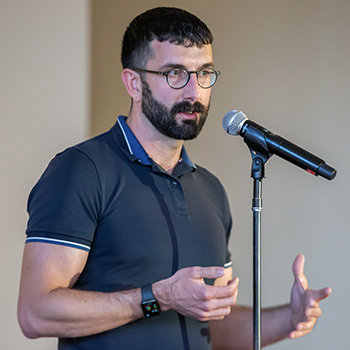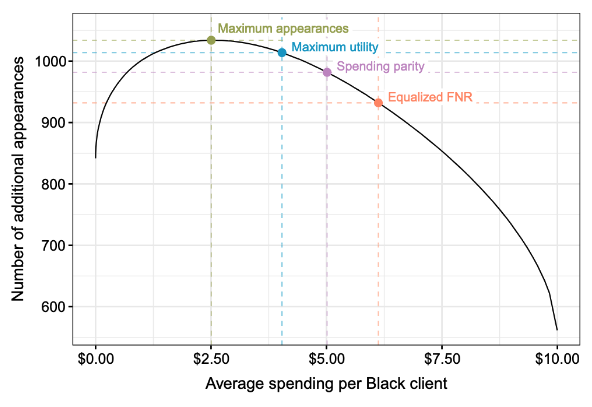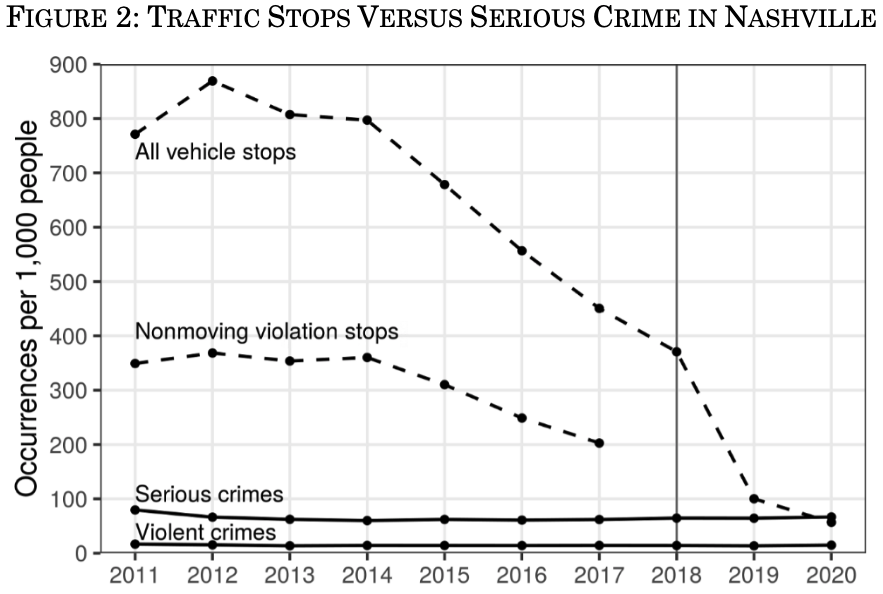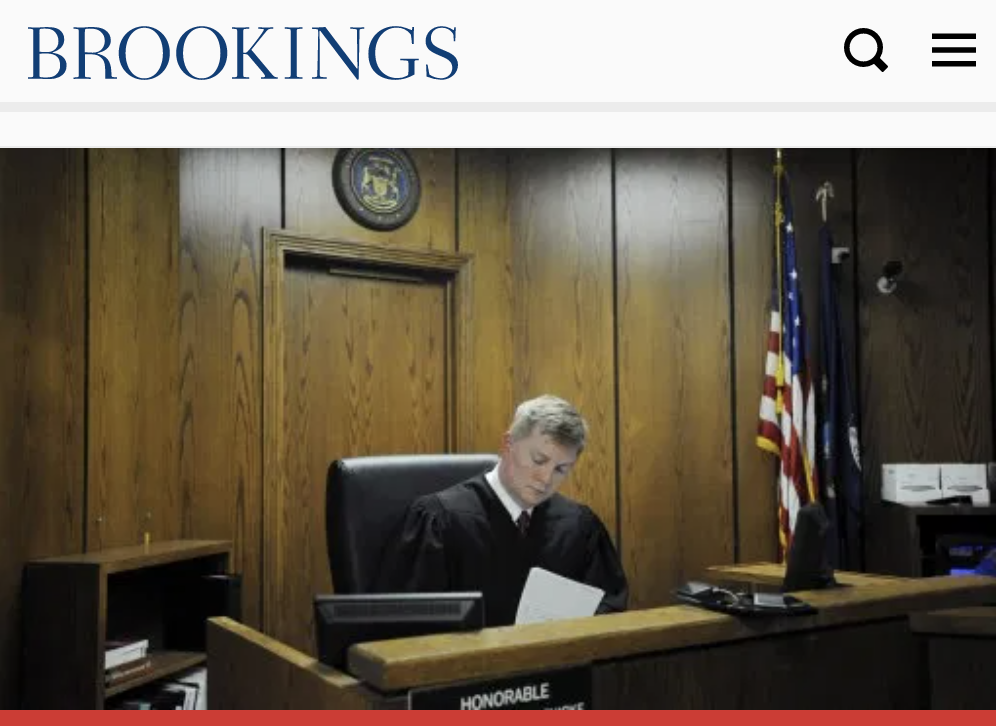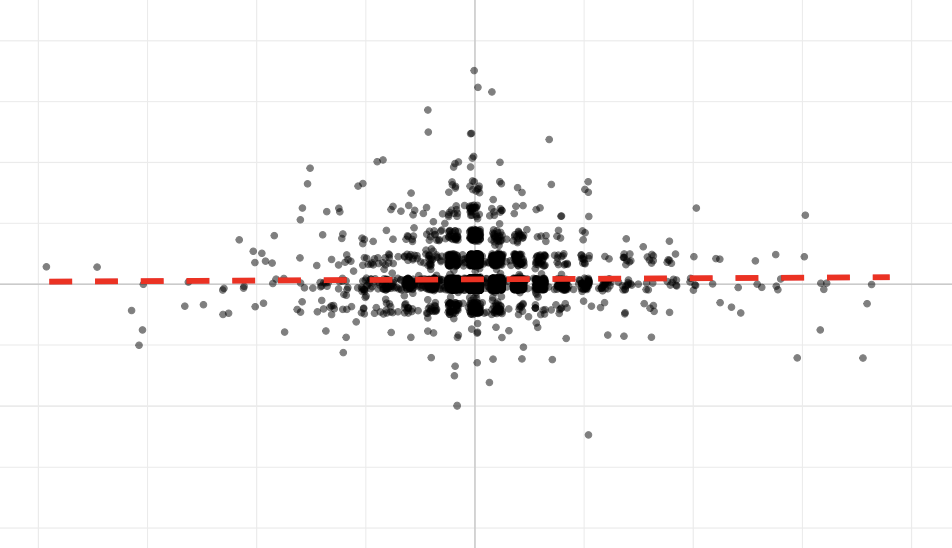Pretrial nudges


Failing to appear in court can land a person in jail and cause them to lose their job or housing.
But many people fail to appear (FTA) simply because they forget about their court date.
In a randomized controlled trial at the Santa Clara Public Defender’s Office,
we found that text message reminders reduced FTA-related jail involvement by over 20%.
Our findings extend previous studies which found that text message reminders can help people show up to court.
We’re now testing whether the standard consequences-focused reminder hurts or helps certain clients,
and whether monetary assistance can help clients overcome financial barriers to court attendance.
Our study was published in Science Advances in 2025.
